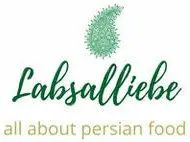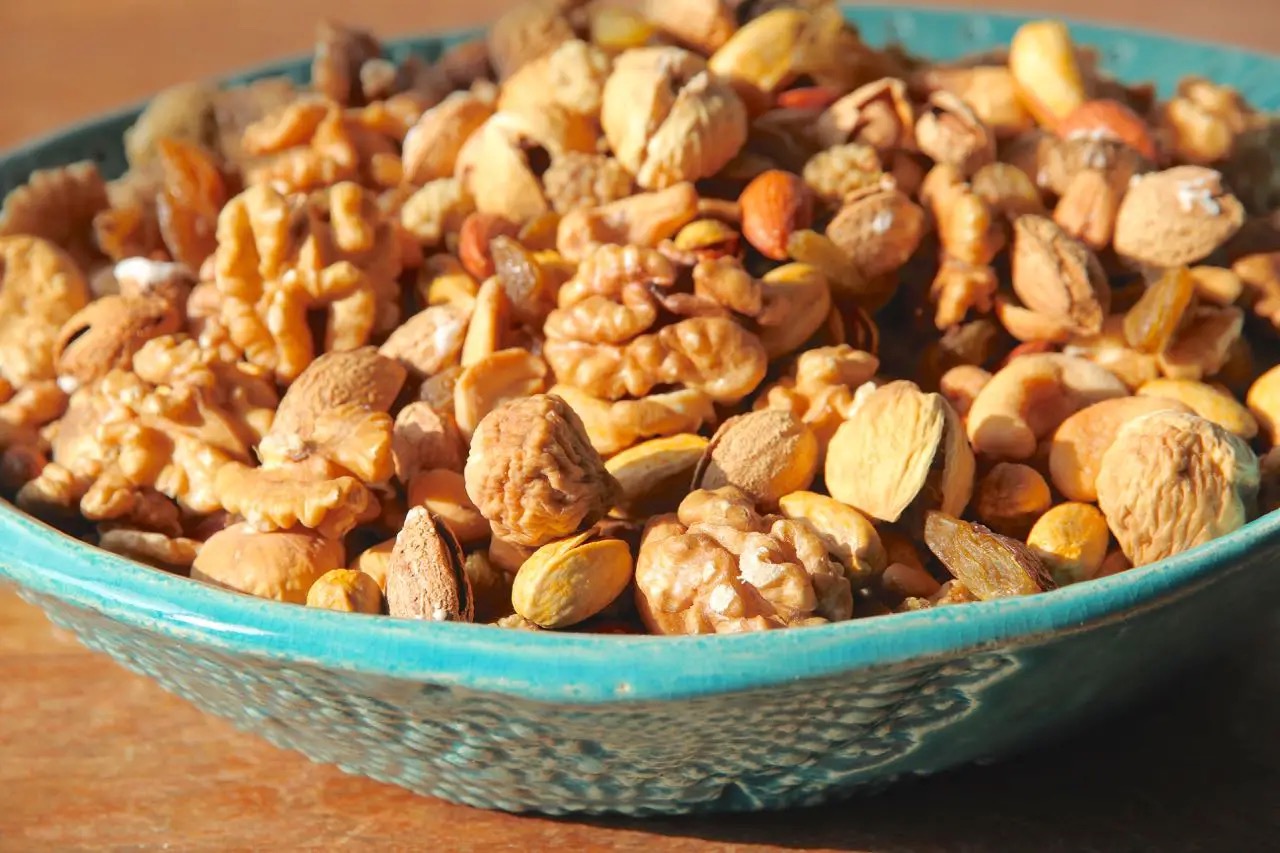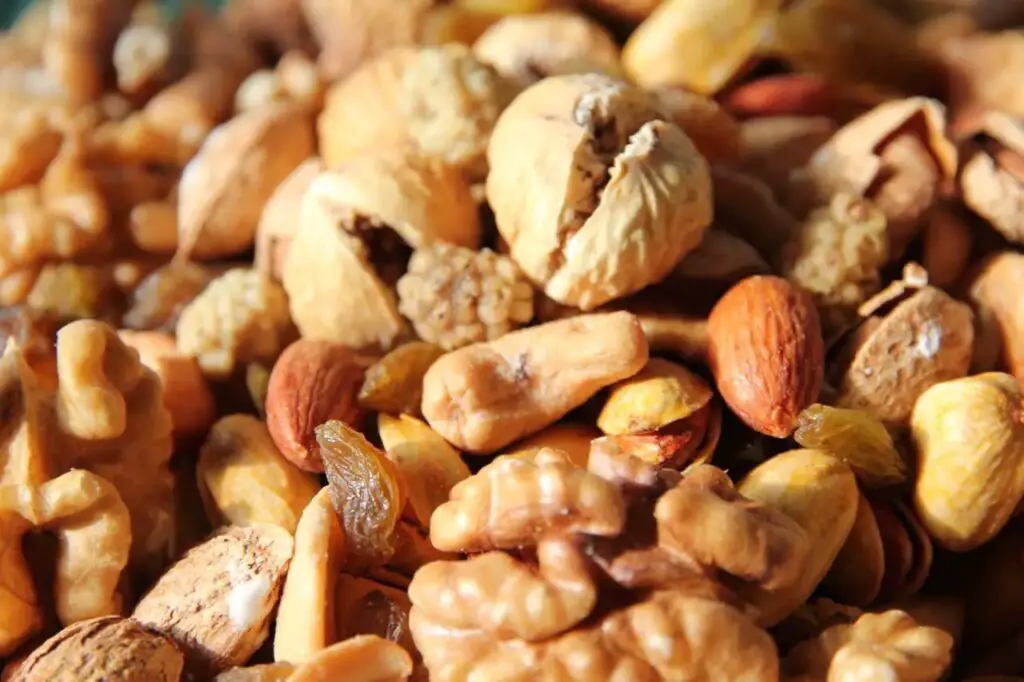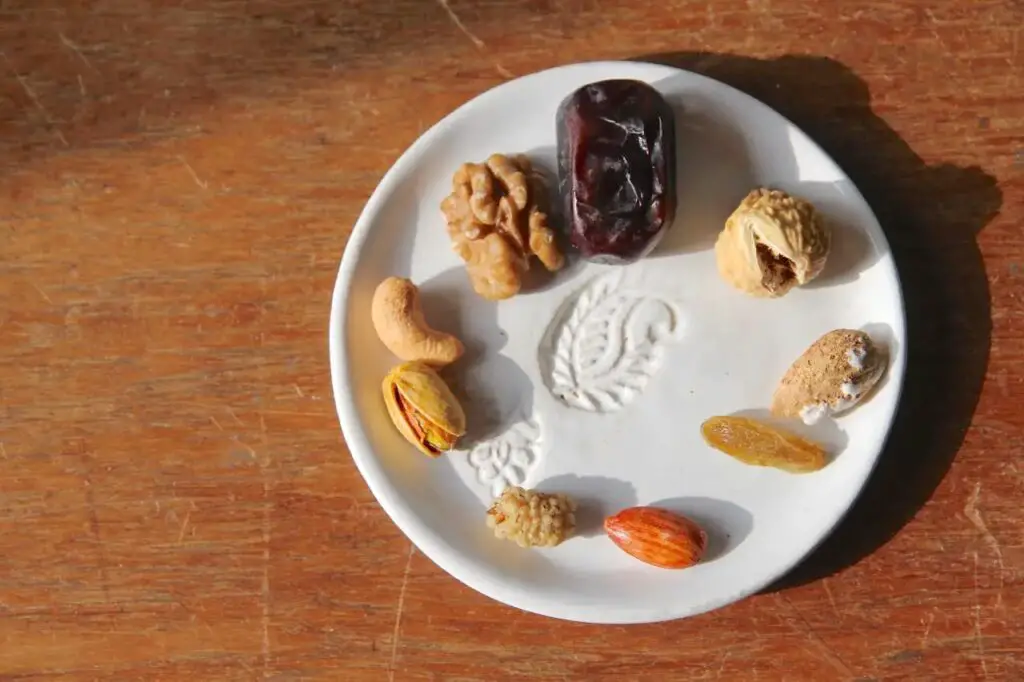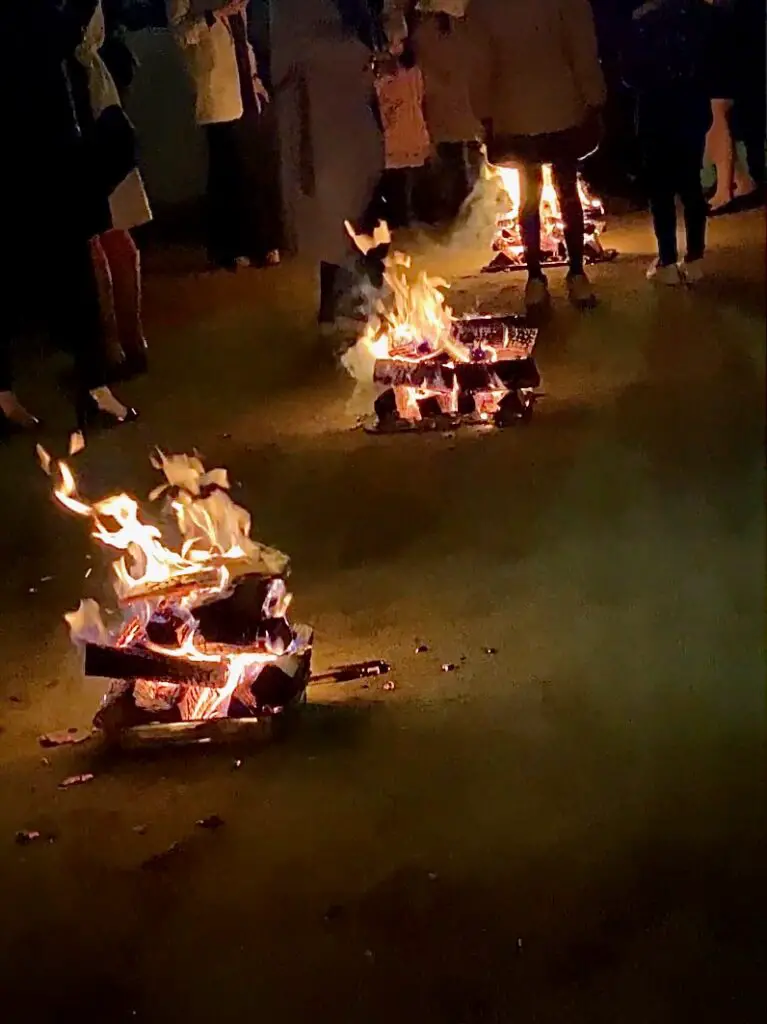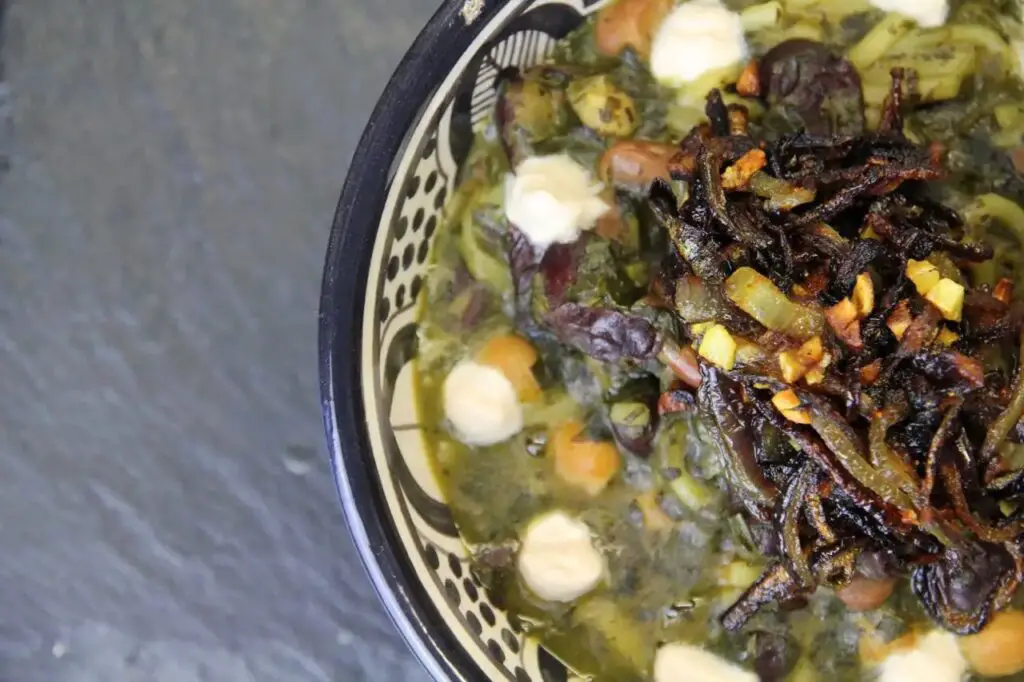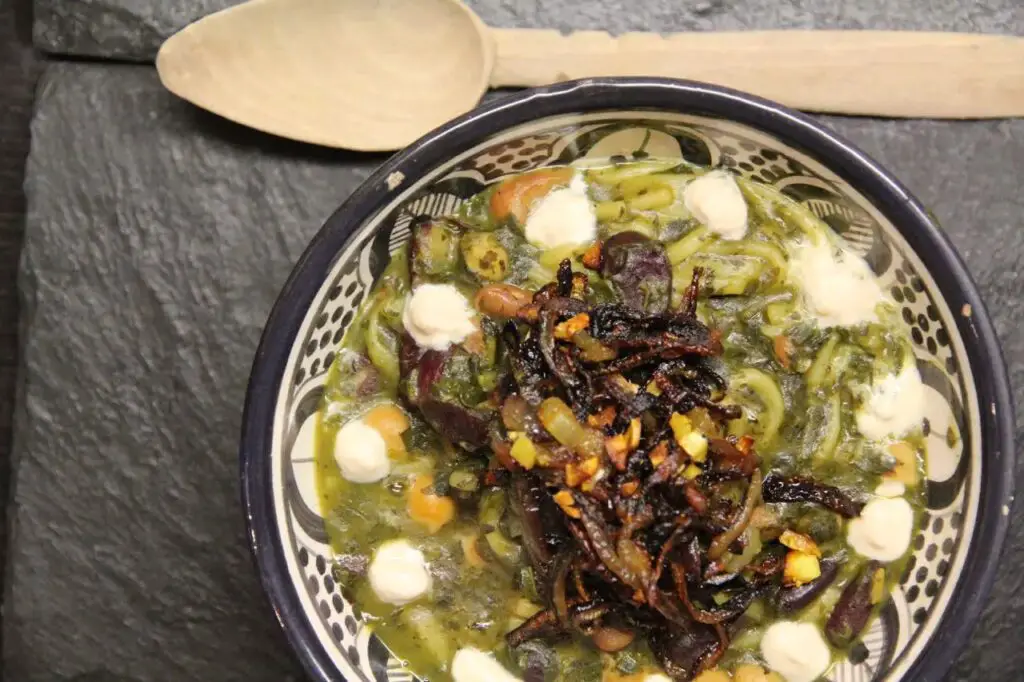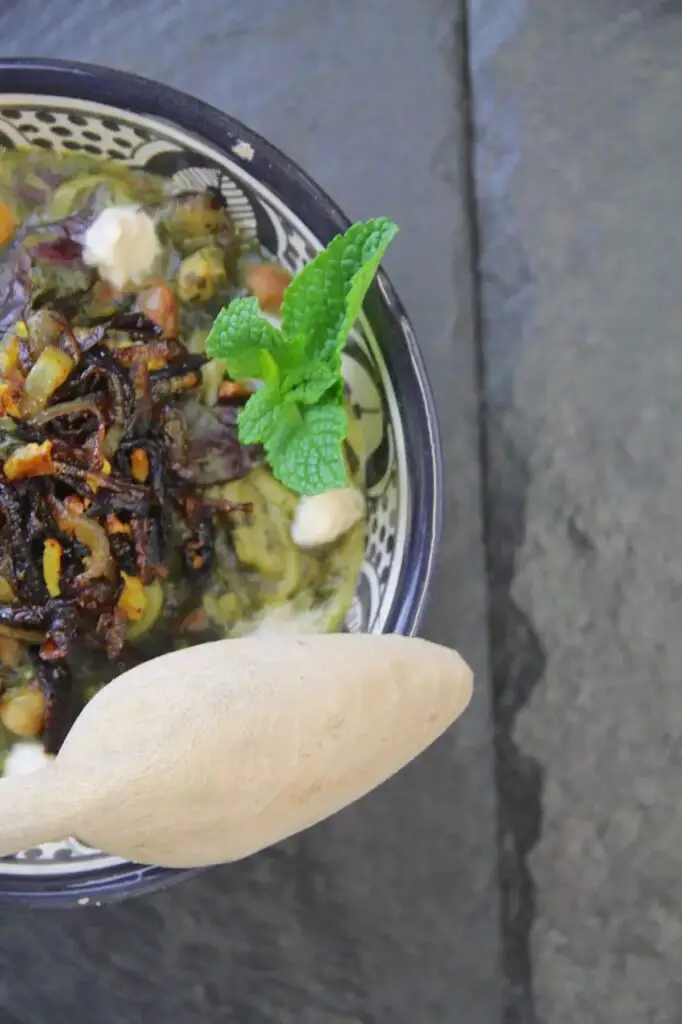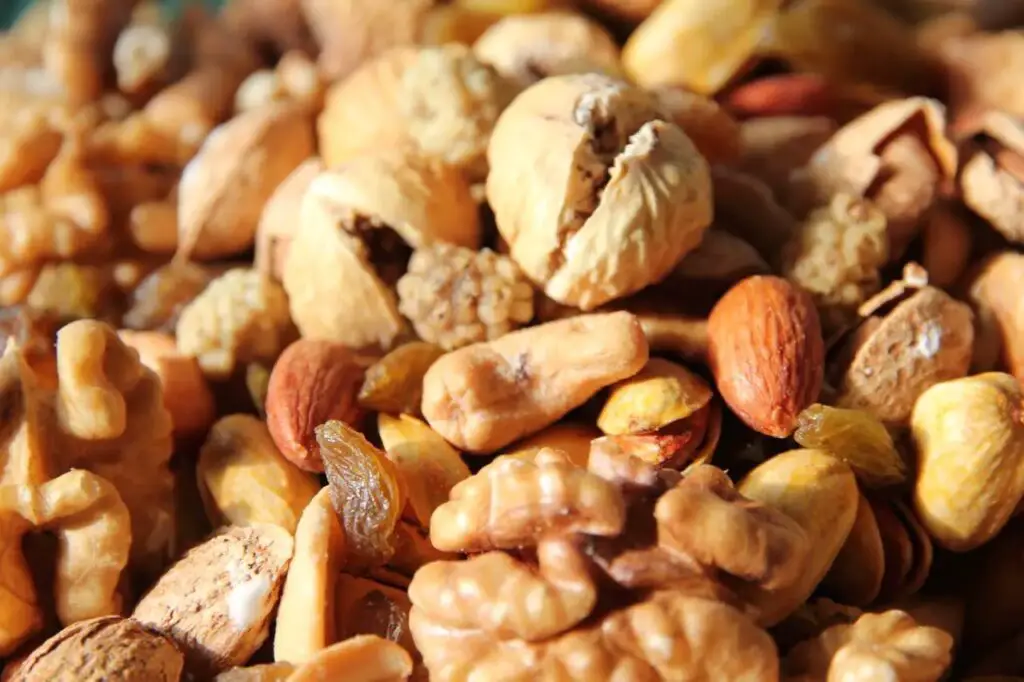On the last Tuesday evening before the Persian New Year, we celebrate Chaharshanbeh Suri – The Persian Festival. Several rituals are performed on this fire festival to purify the body and mind. Chaharshanbeh means Wednesday, and Suri means light and also fire. In my childhood, this caused some confusion. Why is it called Wednesday and celebrated on Tuesday? It’s the last night to Wednesday before Norooz, the Persian New Year, a festival celebrated at the spring equinox. The Origin of this festival dates back to the Zoroastrian era based on the Tsarathustra’s beliefs. On this day, we celebrate the victory of light over darkness. After all, we are approaching the equinox in a few days. The Fire Festival is an announcement of spring and the revival of nature.
REMEMBERING DECEASED LOVED ONES
We visited the cemetery on the morning of Chahrshanbeh suri to remember our loved ones who passed away. The Tehran cemetery is located far outside the city. After visiting the cemetery, we drove further into the desert to collect rolling briars to burn at the fire in the evening. My father counted on the healing effects of this plant, which developed its healing powers while burning. Unfortunately, I don’t remember, which medicinal briar it was. If any of my readers know, I would appreciate your comment below. What a blast it was! The torn loose brambles from the briars were rolled up into a ball and flew around on the ground in the wind. We had to run after them to catch them.
GHASHOG ZANI – BEAT OUT THE MISFORTUNE
Ghashog is the spoon, and zani is to beat, which means spoon beating. After our trip to the desert and gathering the briars, we ran straight to the kitchen at home. We picked out pots and spoons and covered our heads with a cloth, a chador up to our waists. Just for you to know, when I was living in Iran, wearing a chador was not required. Everyone was free to walk around with or without a chador. The chador symbolizes in this case the shrouds of our ancestors, and in this way, we remember the souls of the deceased.
In Zoroastrianism, the evening before Wednesday is when the lost spirits return. Fires were lit on the roofs of houses to guide their way. But some Iranians did not believe in that, so they decided to call it an unlucky day. They lit a fire to banish the lost spirits and held them away. We ran through the streets, beating pots as loud as we could to scare the evil spirits away. Just as on Halloween, we rang doorbells and asked for candy, money, or blessings.
GEREH GOSHAI – UNTYING THE KNOT
Another ritual on this day is called Gereh goshai – untying the knot. On this day, we tie a knot in the corner of a cloth handkerchief and ask the first person we meet to untie the knot to keep misfortune away from us.
FAL GHUSH – HEAR THE HAPPINESS
We believe that wishes can come true this night. Young girls who desire marriage like to listen to the talks of strangers. They make a wish, stand in a shady corner, behind a wall, or on a balcony, and listen to the conversation of people passing by. Then they interpret what they hear for their future.
JUMPING OVER THE FIRE
We could hardly wait until dawn and set our briars on the street to light a fire. All the neighbors were also out and busy with the preparations. We congratulated each other on Chaharshanbeh Suri. It was a great hustle and bustle in the streets. There was dancing and singing, and the moment it was dark, everybody lit their fires. According to the teachings of Zarathustra, fire means – energy, life, and joy.
NUMBER SEVEN
It is custom to jump over seven fires this evening. Number Seven represents ancient Iranian astrology, which does not allow even number and represents perfection. We lined up with family, friends, relatives, and neighbors to jump over the fire. Or we would stand in a circle around the fire, dancing, and singing. Sometimes we jumped alone, sometimes we held hands and jumped together.
PURIFICATION RITUAL
While jumping, we recited a verse to the fire:
سرخی تو از من زردی من از تو
Sorkhiyeh to az man
Give me your blush (health, strength)
Zardiyeh man az to
take my yellow (illness, weakness)
It means: The healing power of the briar shall bring me healing and the joy of life. Remove my illness and give me your healing power. Instead of briar, today we use wooden logs. It’s a purification ritual – we transfer our negative energies and illnesses to the fire, and the fire passes its positive energy to us. It is a great ritual to free ourselves from negative energies once a year and to recharge with positive energies. We do not want to take anything negative with us into the New Year, but we want to start the New Year positively.
ASHE RESHTE
We cook Ashe Reshteh, a herbal noodle soup, for this evening. When we eat Ashe Reshteh on this day and share it with others, then we are blessed with happiness for the whole year. We gather at the table, hungry and full of positive energy, and eat Ashe Reshte. We remember once again our beloved deceased.
AJIL – NUTS AND DRIED FRUITS
We will sit together until midnight and snack Ajil. Ajil is a mixture of seven kinds of nuts, walnuts, pistachios, and dried fruits, such as figs, raisins, roasted chickpeas, etc.
Raisins boost the brain function.
Dried mulberries boost the heart function.
Roasted chickpeas boost the kidney function.
Dates boost gastric system function.
Dried figs boost the liver function.
Dried apricots boost the digestive organs.
Baslogh, a sweet made from sugar, grape syrup, walnut, and cornstarch boosts the bladder.
After celebrating the Fire Festival, we prepare our Haft Sin to welcome the Persian New Year Norooz.
I wish all my Persian readers and friends Chaharshanbeh Suri Mobarak.
Susan
